For as long as I can remember, car radios have had their “maximum power” ratings all over their packaging and often right on the face of the radio. These numbers are not only useless in terms of an ability to reproduce music with any sense of quality, but I have always questioned whether they are even possible. Let’s measure how much power a conventional car audio head unit can produce.
Car Audio Head Unit Amplifiers
Most car audio source units use an all-in-one four-channel amplifier integrated circuit (IC) to power the speakers in the vehicle. These ICs are typically driven directly by the supply voltage to radio with something on the order of 12 to 13.5 volts.
Some quick research shows that these units have a “power rating” of 50 watts by four. As a reader of BestCarAudio.com, you know supply voltage and distortion measurements are critical in quantifying a power measurement. The spec sheet for these little amps includes that information. Many are rated at 50 watts by four at 10% THD when powered with 15 volts. If ever there was a “that’s not useful” specification, this would be it.
When comparing car audio amplifier power measurements, the ANSI/CTA-2006-C standard defines the maximum noise and harmonic distortion to be equal to or less than 1%. Second, we use a maximum supply voltage of 14.4 volts – even if that number is a bit optimistic.
Is a Rating of 50 Watts per Channel Possible?
You might not know it, but 10% distortion from an amplifier playing a pure test tone starts to look a lot like a square wave. Let’s assume there is very little voltage loss due to the components in these amplifier ICs, then do some basic math. To calculate power, we square the voltage across a load, then multiply that number by the load’s impedance. As such, 15 times 15 is 225. Dividing 225 by four gives us 56.25. If the amp could produce a pure square wave, it could produce 50 watts of power.
Let’s back things down to something realistic and consider what power that amp might make if the output waveform was a sinusoidal signal. To convert a square wave to a sine wave, we divide it by the square root of 2. In our theoretical “perfect efficiency” amp example, we now have an output voltage of 10.6 volts, which the math says is 28 watts per channel.
Let’s back this down to a more reasonable test voltage of 13.2 volts – something we might see while driving in an average, everyday car or truck. Our amp IC can now theoretically produce 21.78 watts.
If we dig back into the datasheets for a real amplifier IC, we see that they have a rating of 20 watts per channel with 1% THD when supplied with 14.4 volts. It almost makes sense.
Why Worry About Head Unit Power Ratings?
I’ve seen many instances of car audio enthusiasts asking how to upgrade their sound systems. One of the first suggestions is to purchase new speakers and an external amplifier. Many compact four-channel amplifiers will fit in a dash, under a seat or in the center console of a car or truck. These amplifiers are typically rated to produce 45 to 50 watts per channel. On many occasions, I’ve witnessed ill-informed owners state that this power rating is the same as their head unit. This statement is incorrect because the numbers aren’t stated with the same supply voltage and distortion ratings. If we want to use Maximum Power head unit ratings, these compact amplifiers would produce around 100 watts per channel. Nevertheless, we don’t deal in inflated numbers.
Testing Power from a Car Audio Source Unit
I dug through the cupboards in my lab to see if I had an older source unit and found a high-quality marine radio from around 2010. Let’s set this up on the BestCarAudio.com test bench to see what it’s capable of in terms of power production.
I created a test disc with various 1 kHz test tones in hopes of hitting an output level that contained exactly 1% total harmonic distortion and noise. Yes, a compact disc. Do you remember those round discs that store data? To keep the test simple and reliable, I will only drive one 4-ohm load during the test as I don’t want to overheat anything or damage this “vintage” piece of car audio history. Hahaha. Nevertheless, the disc has 40, 30-second long 1 kHz sine wave test tracks recorded at 0 to -4.0 dB FS in -0.1 dB increments. Yeah, this took a moment to create. Driving only one channel will allow me to use my small variable-voltage power supply to see how different supply voltages affect maximum power production.
The graphs above show how a single channel behaved when driven to an output level as close as I could get to 1% THD+N. The deck produced a waveform with a 7.16 volts RMS amplitude at this level. That works out to 12.81 watts. That’s most certainly not 20 or 45 watts.
Just so you know what you’re looking at on the waveform (oscilloscope), the yellow and teal traces are the voltages on the positive and negative speaker wires. The violet trace is the sum of those voltages calculated by the scope. This is what the speaker “sees” in terms of power.
Let’s up the supply voltage to the same level we’d use on a good quality car audio amplifier to see what happens.
At 14.4 volts, the output has increased to 8.66 volts RMS, which works out to 18.75 watts. This is now getting into the realm of the 22-watts-per-channel rating. Can we get closer by supplying it with 15 volts?
Supplying the deck with 15 volts resulted in an output of 8.99 volts RMS, which works out to 20.2 watts.
And In Today’s News, 20 Watts Isn’t 50 Watts
Over the years, I’ve tested dozens, if not hundreds, of source units. Most don’t make 20 watts of power per channel – they are typically between 14 and 17 watts.
Where am I going with this information? I want it to be clear to those wishing to upgrade their car audio systems that even a 45-watt-per-channel compact amplifier would be a significant upgrade over the power available from a head unit. For head unit manufacturers, please stop printing 45Wx4 on the packaging. It just isn’t a realistic rating.
Genuine High-Power Head Units
Before I wrap up, I have to note that some source unit manufacturers have gone the extra mile by including a small switching power supply and a high-power Class D amplifier in their source units. These radios can produce around 45 watts of power per channel using standard CTA-2006-C compliant distortion and supply voltage specifications. You’ll know when you’re talking about these radios because their installation requires running a larger-than-normal power and ground wire to a high-current power source in the vehicle. These decks usually include that 100-watt-per-channel rating I mentioned earlier.
Upgrade Your Head Unit for Better Sound
If you have a typical car audio source unit that makes around 15 to 18 watts of power per channel, upgrading your stereo system with a high-performance amplifier can dramatically improve both output capability and sound quality. Drop by your local specialty mobile enhancement retailer today to find out about the options available for your vehicle.
This article is written and produced by the team at www.BestCarAudio.com. Reproduction or use of any kind is prohibited without the express written permission of 1sixty8 media.
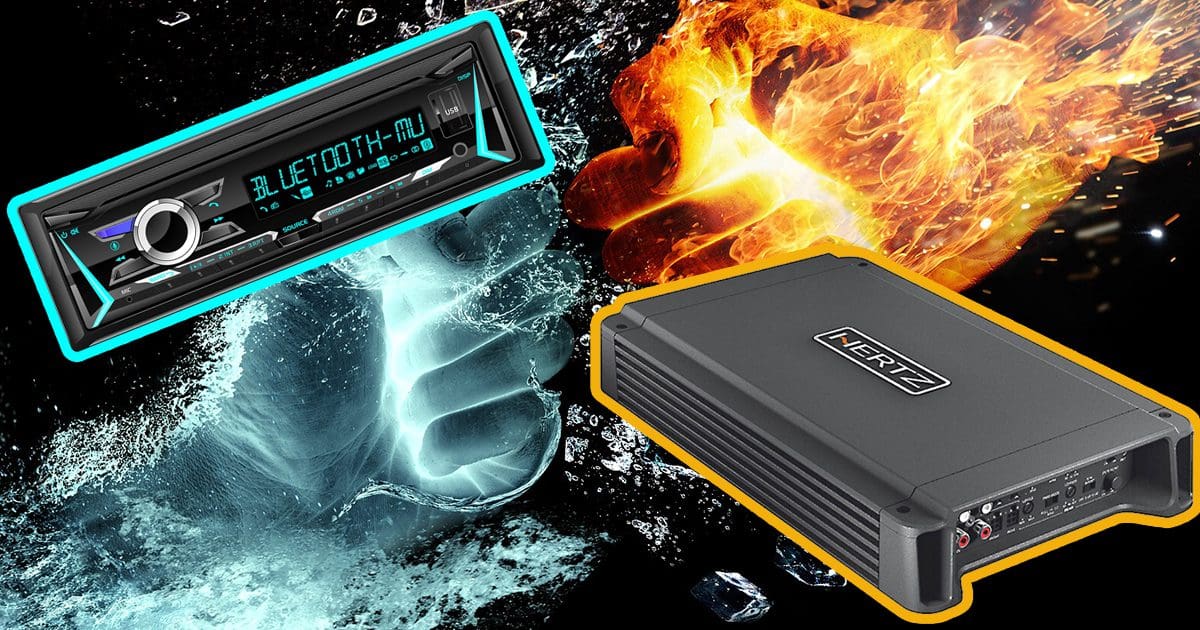
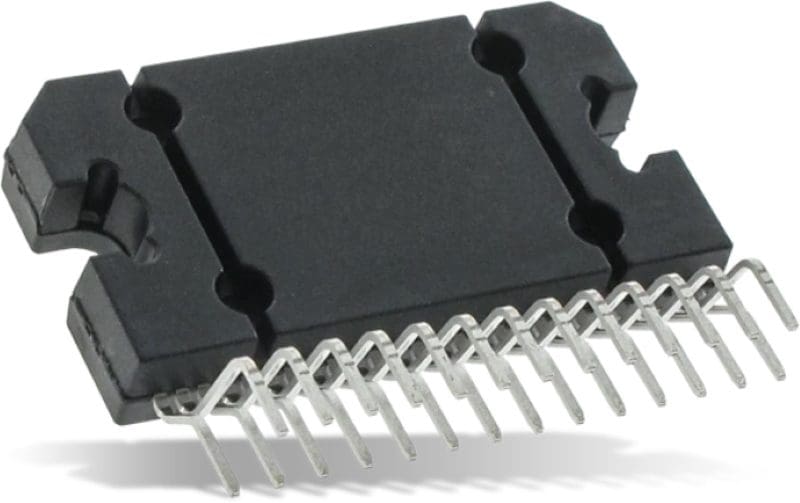

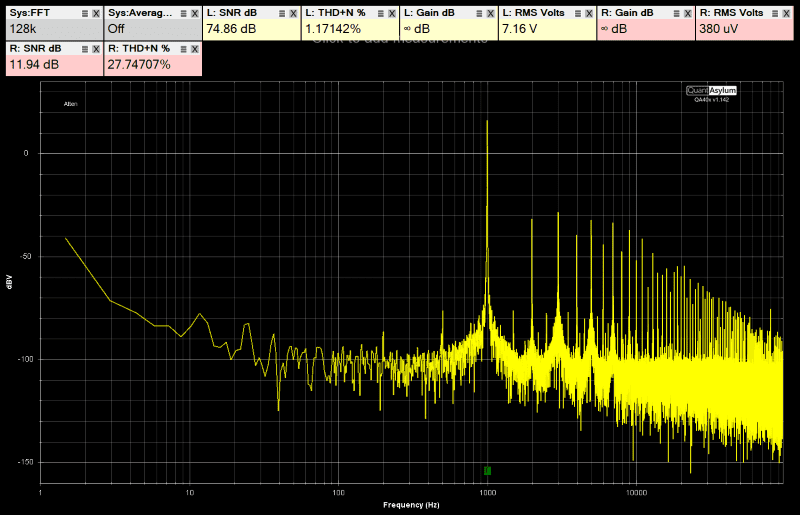

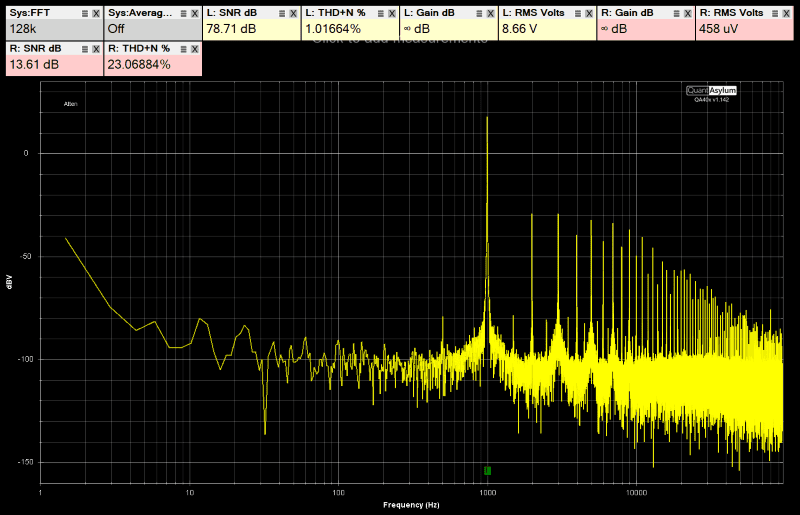
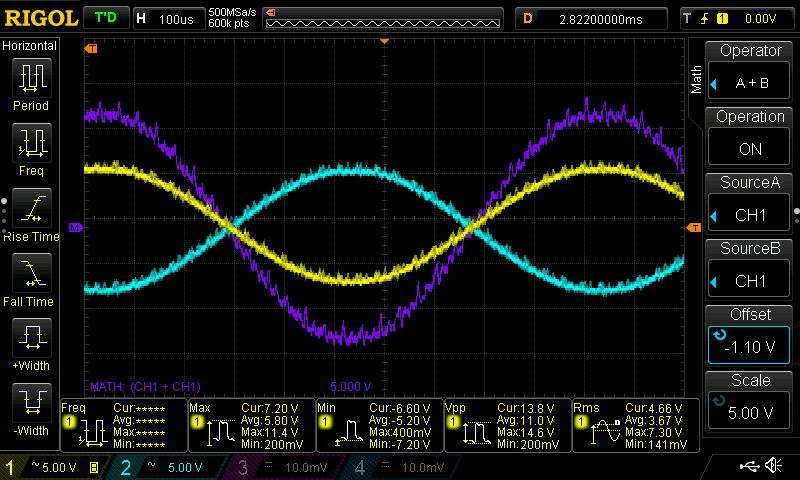

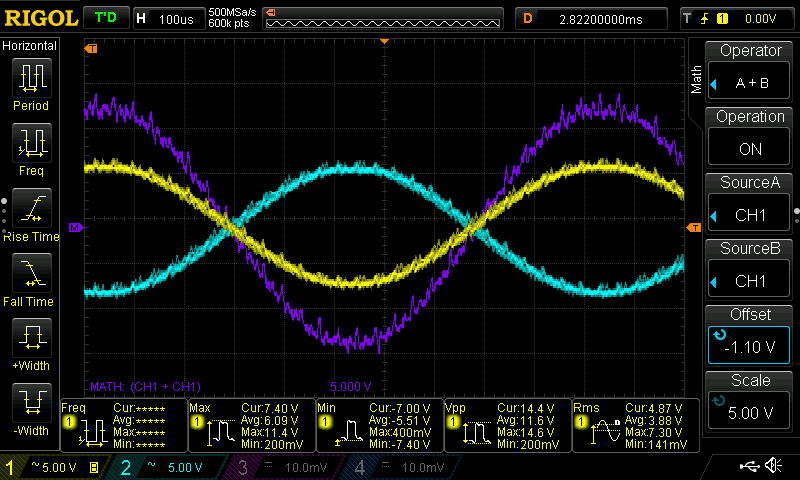
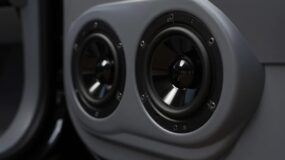

Leave a Reply